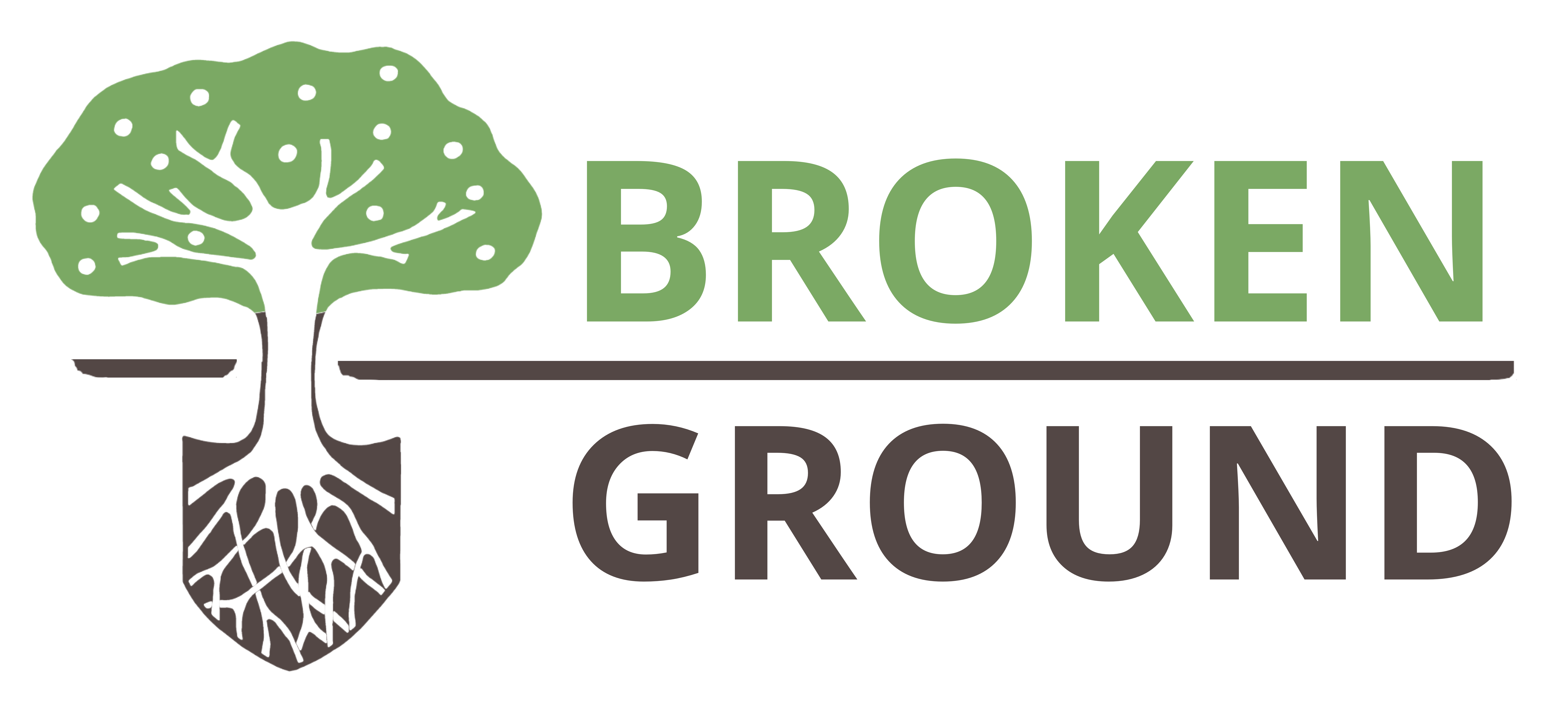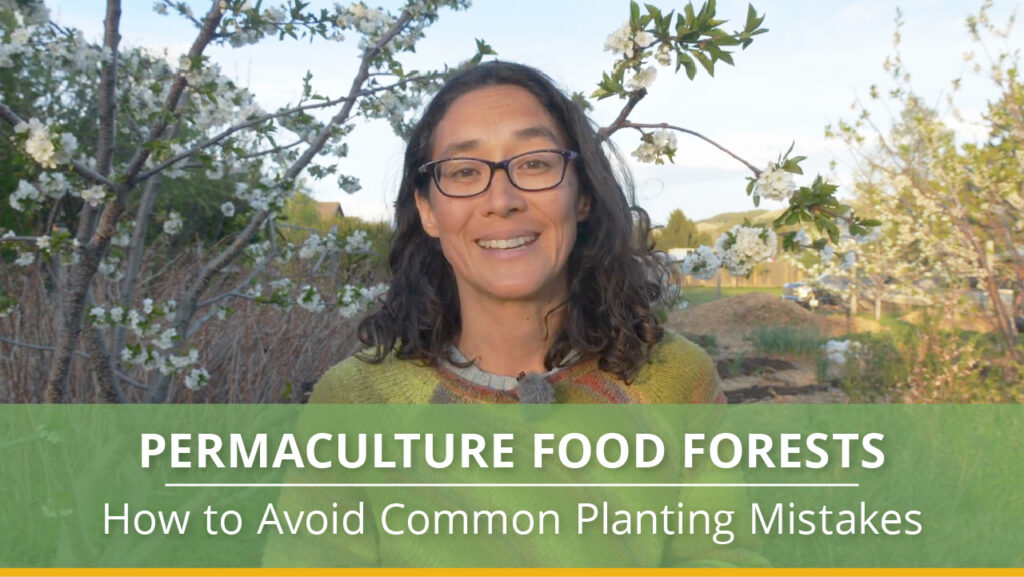As I like to teach to my students and clients, we are always striving to create the most resilient site possible. One that will respond to adverse conditions, which, in our case, can be anything from late frosts, to hail, to hot and dry summers. This question of resilience always brings me back to the advantages of planting perennial systems.
Undoubtedly, our perennial plants, which get a jumpstart on the season, are way more resilient then precious annuals that have just been introduced to an outdoor environment. For example, even though some of my rhubarb leaves can get damaged in a hailstorm, they will bounce back without any problem. Contrast this with shredded spinach leaves that have little chance of recovering after a similar event.
This is why I often encourage my clients to plant fruit trees, berry bushes, and other perennial edibles if they have the space. Even though we love our annual gardens, they are way more susceptible to wacky weather patterns.
But before you rush out to buy that apple, plum or cherry tree, watch my short video above. In it, I share the two common mistakes that I see people make when they are planting their food forests. The first mistake is that they plant their fruit trees and shrubs too close together, not allowing them the space to reach their mature height and spread. The second mistake is that they plant too much, not anticipating the time and energy it takes to harvest and preserve the fruit once the plants start producing.
I also cover two ways in which to prevent these mistakes, which mostly comes down to coming up with the goals for your food forest and a solid site plan. Both of these things will go a long way towards saving you time, energy and money in the long-term.


